7 Free Creative Textures transparent PNG images
Explore our curated collection of Creative Textures, featuring 7 free AI-generated images that push the boundaries of visual design. From intricate patterns to innovative surface designs, our diverse collection includes high-quality stock photos, 3D objects, vectors, and illustrations. Each image is available for high-resolution download, and our unique 'open in editor' feature allows you to fine-tune the prompt to regenerate variations that perfectly match your creative vision.

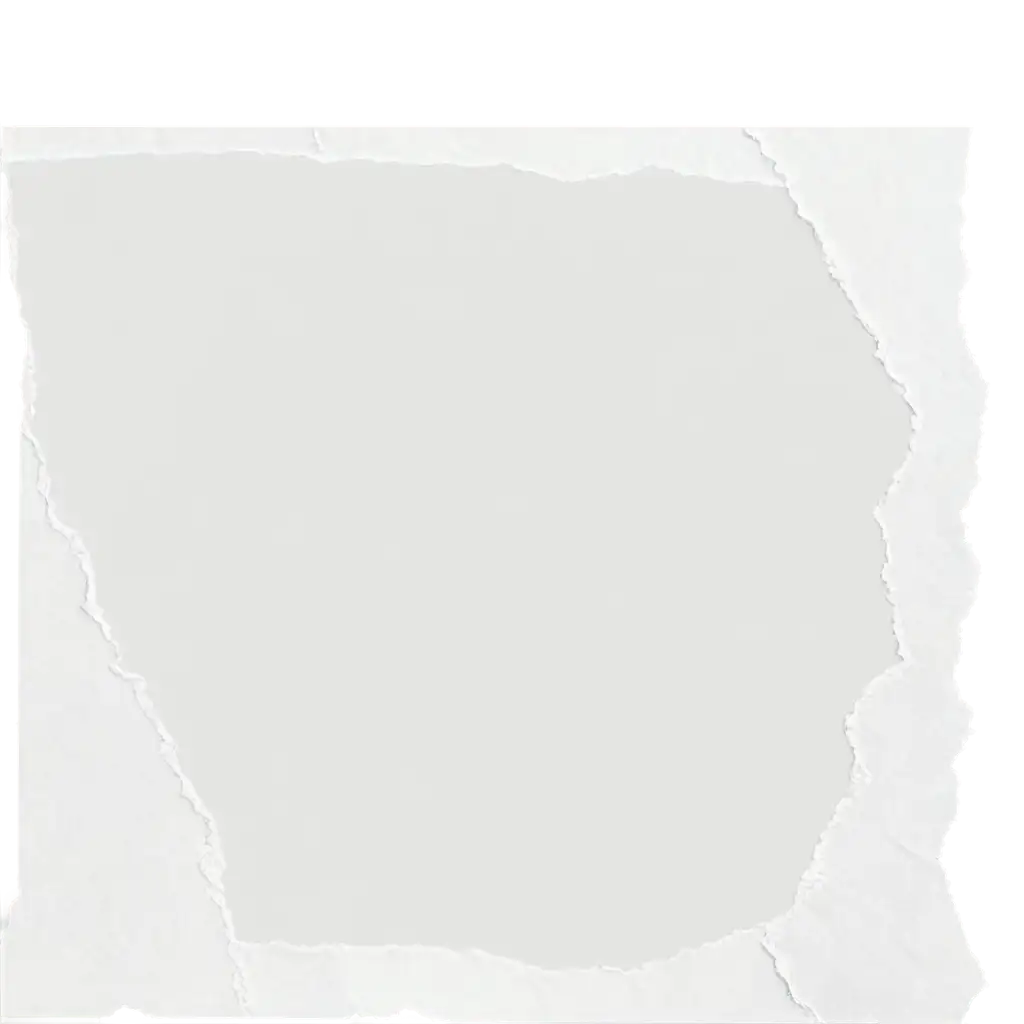
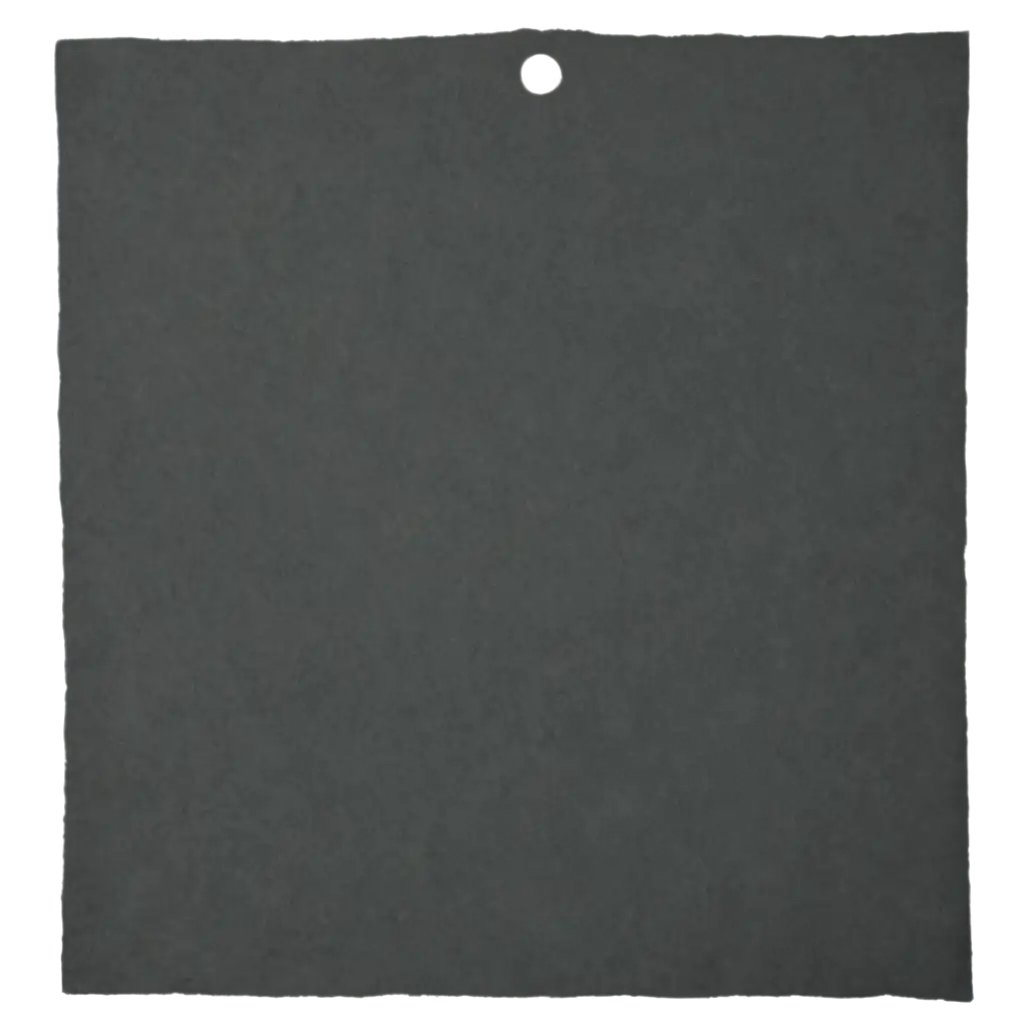
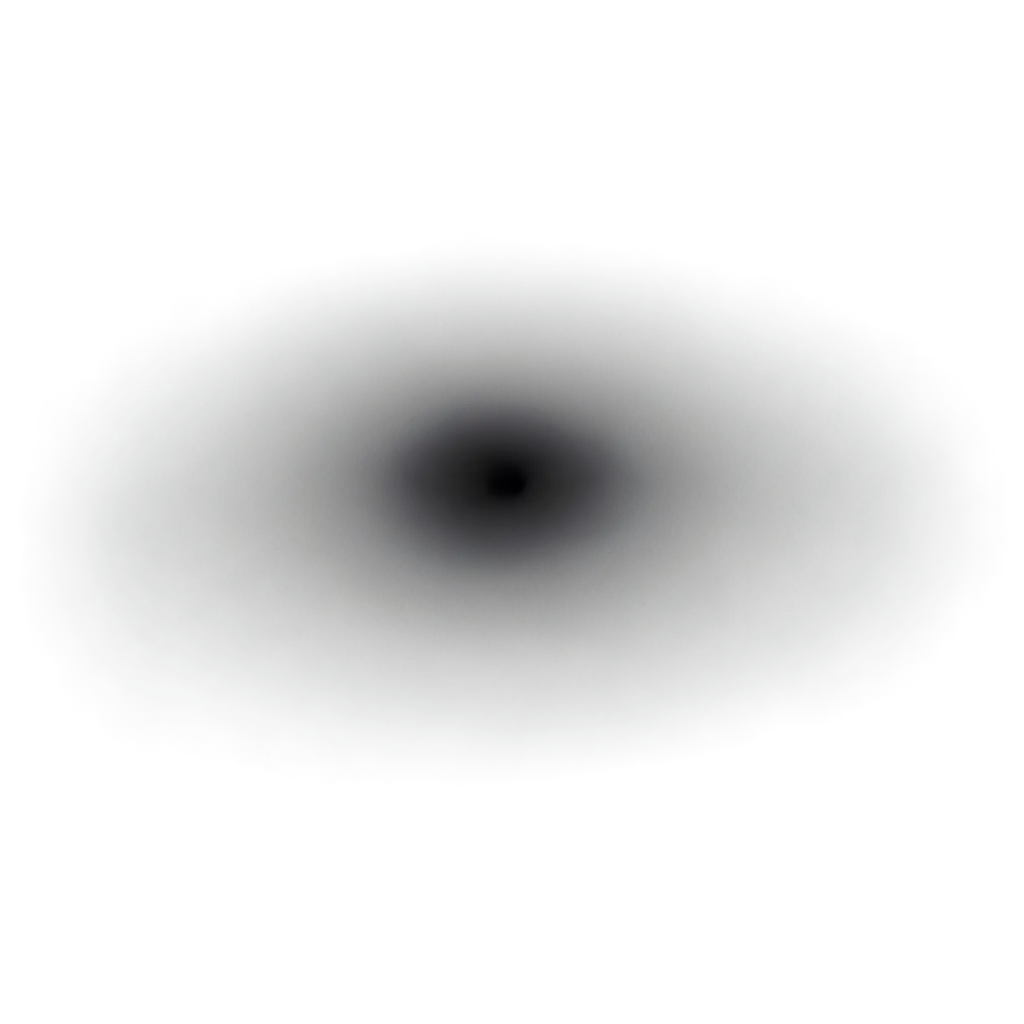
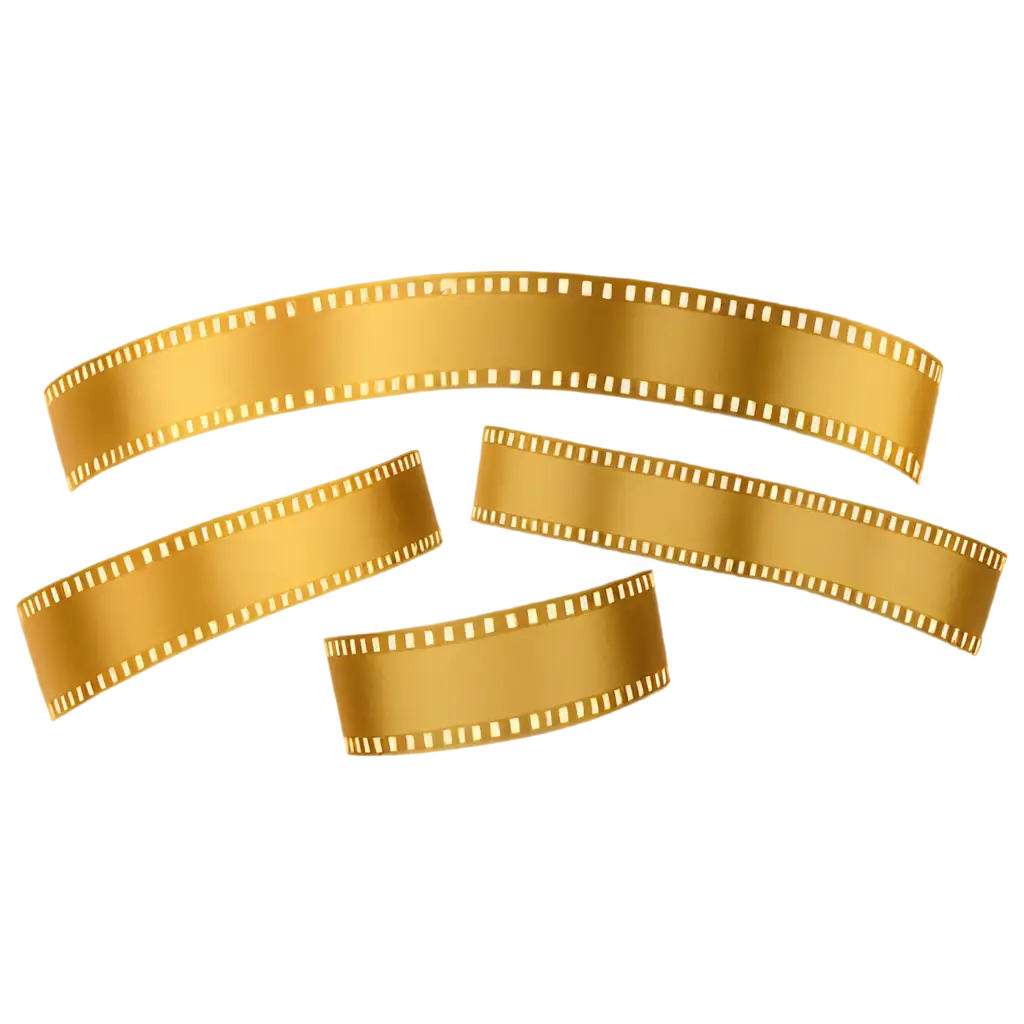
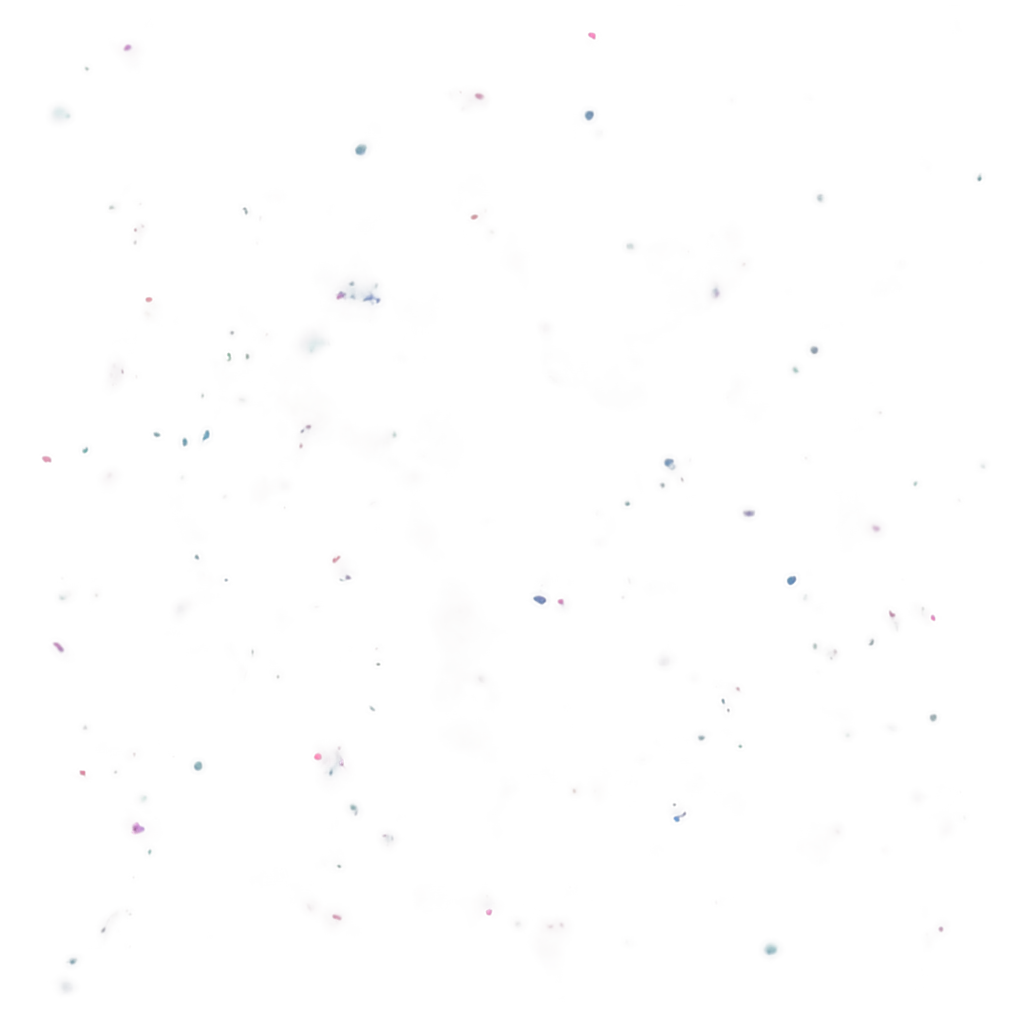
Related Tags
Creative textures represent the innovative combination of patterns, surfaces, and materials that add depth and visual interest to digital artwork. In the context of AI-generated art, these textures push beyond traditional boundaries, creating unique surface qualities that might be impossible to achieve through conventional means. From simulating natural materials like marble and wood to generating entirely new abstract patterns, creative textures serve as essential elements in architectural visualization, product design, digital art, and graphic design. These textures can transform flat surfaces into dynamic visual experiences, adding complexity and sophistication to any creative project.
Understanding Creative Textures: Definition and Applications
AI-generated creative textures encompass a wide range of styles and categories. Organic textures mimic natural elements with unprecedented detail, featuring realistic wood grain patterns, stone surfaces, and botanical inspirations. Geometric textures showcase mathematical precision with intricate repeating patterns, fractals, and tessellations. Abstract textures push creative boundaries with non-representational designs that play with color, form, and movement. Procedural textures utilize algorithmic generation to create complex, seamless patterns that can be infinitely tiled. Each category offers unique possibilities for various applications, from digital art and game design to architectural visualization and fashion textile design.
Types of AI-Generated Creative Textures
The process of generating creative textures using AI involves understanding key principles and techniques. Start by crafting detailed prompts that specify desired characteristics such as pattern type, color scheme, material properties, and scale. Experiment with parameters like repetition, symmetry, and complexity to achieve desired results. For optimal outcomes, consider incorporating specific keywords related to texture types (glossy, matte, rough, smooth) and pattern descriptions (organic, geometric, abstract). The 'open in editor' feature allows for real-time adjustments to these parameters, enabling iterative refinement until the perfect texture is achieved. Advanced techniques include combining multiple texture layers, adjusting contrast and depth, and fine-tuning pattern density for specific applications.
Creating Custom Creative Textures with AI
The future of AI-generated creative textures holds exciting possibilities as technology continues to evolve. Emerging trends include hyper-realistic material simulation, where AI can generate textures that perfectly mimic complex real-world materials with physical properties. Interactive textures that respond to user input or environmental conditions are becoming more prevalent in digital applications. The integration of procedural generation with machine learning is enabling more sophisticated pattern creation, allowing for unprecedented levels of customization and control. As AI technology advances, we can expect to see more sophisticated texture generation capabilities, including real-time texture synthesis, advanced material property simulation, and improved integration with 3D modeling and rendering systems.
Future Trends in AI-Generated Texture Design